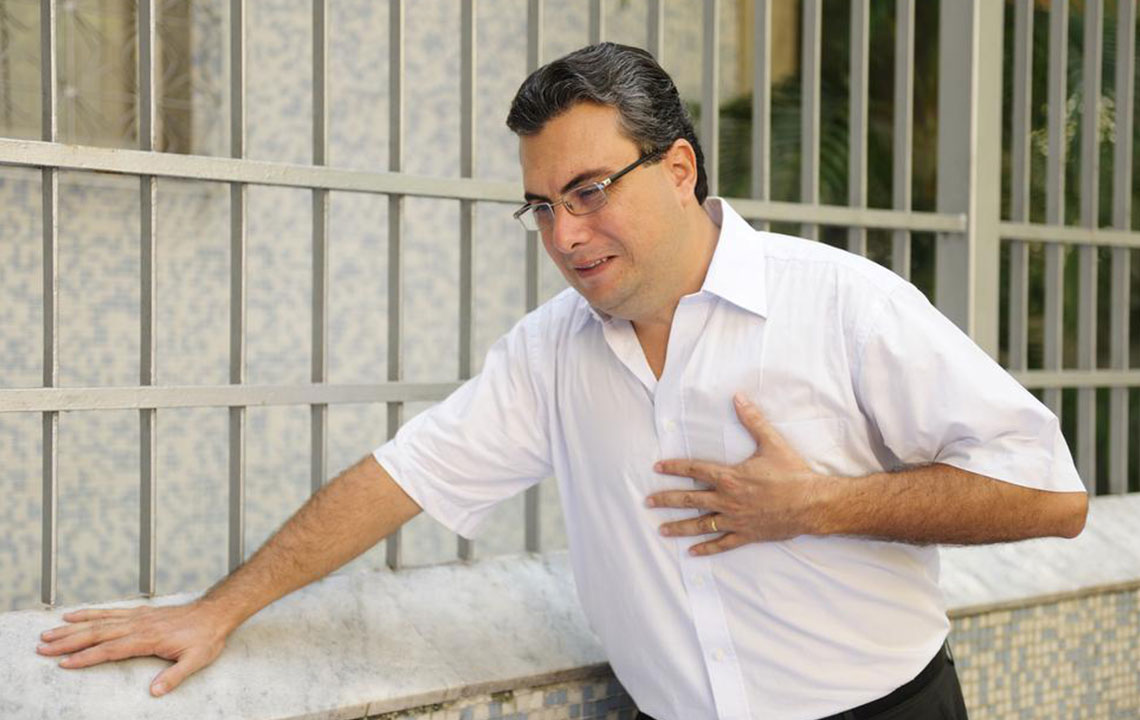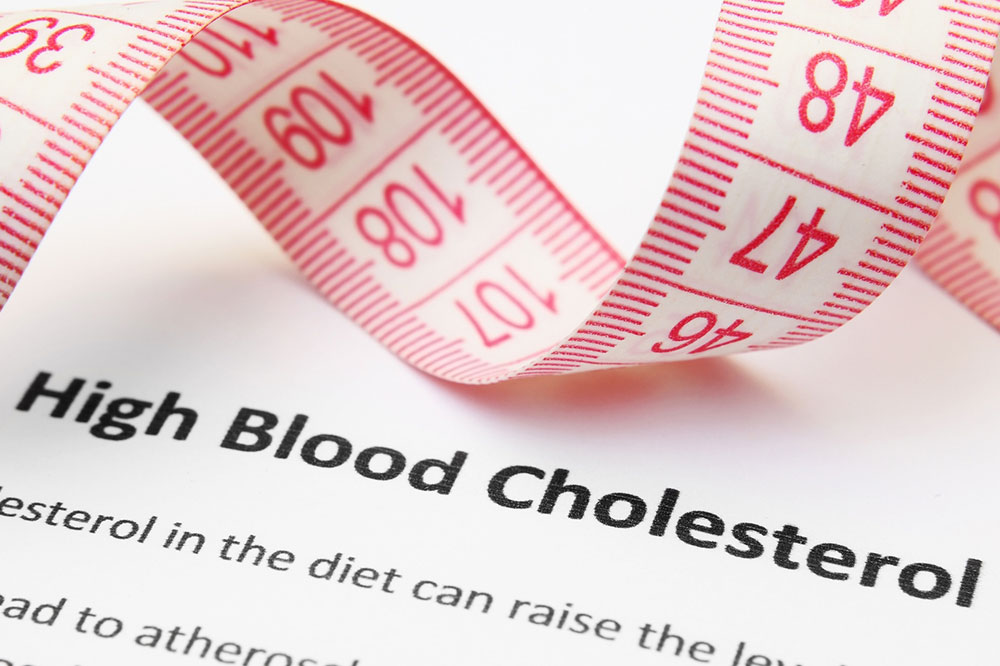Comprehensive Guide to Detecting and Managing Elevated Cholesterol for Better Heart Health
High cholesterol, often silent until serious issues develop, requires regular screening and awareness of signs like leg pain, stroke, and angina. Managing cholesterol levels through a balanced diet, exercise, and medical advice is crucial for maintaining cardiovascular health and preventing heart disease or stroke. Early detection facilitates effective treatment and lifestyle adjustments, reducing long-term health risks.

Comprehensive Guide to Detecting and Managing Elevated Cholesterol for Better Heart Health
High cholesterol levels, often referred to as the silent killer, pose a significant threat to cardiovascular health. Despite being a common condition, many individuals remain unaware of their elevated cholesterol status because it typically does not produce obvious symptoms until severe damage to the arteries and organs occurs. Understanding the nuances of cholesterol, including its different types and impacts on the body, is crucial for early detection and effective management.
Cholesterol is a waxy, fat-like substance essential for building cell membranes, producing certain hormones, and aiding in digestion. The body naturally produces cholesterol, and it is also obtained through diet. There are two primary types of cholesterol: HDL (high-density lipoprotein), known as the 'good' cholesterol, and LDL (low-density lipoprotein), known as the 'bad' cholesterol. Maintaining a healthy balance between these types is critical for cardiovascular health. Elevated LDL levels can lead to buildup of fatty deposits in the arteries, a condition known as atherosclerosis, which significantly increases the risk of heart disease and stroke.
Given the subtle nature of high cholesterol symptoms, many individuals remain unaware until complications arise. Therefore, regular screening through blood tests is essential, especially if you possess risk factors such as a family history of heart disease, obesity, sedentary lifestyle, smoking, or poor diet.
Recognizing the symptoms and signs that may indicate high cholesterol levelsLeg Pain During Walking (Claudication): One of the early warning signs of arterial narrowing due to excess LDL buildup is intermittent claudication, which manifests as pain or cramping in the legs, especially during walking or physical exertion. This occurs because blocked arteries reduce blood flow to leg muscles, leading to discomfort and fatigue.
Stroke: High levels of cholesterol can lead to the formation of plaques that may break free and block blood flow in the arteries supplying the brain. This results in a stroke, which can cause sudden weakness, paralysis, speech difficulties, and loss of coordination.
Heart Attack: A classic sign of dangerously high cholesterol is a heart attack, characterized by sudden chest pain or discomfort, often radiating to the arm, neck, or jaw. This occurs when cholesterol deposits cause blockages in coronary arteries, impeding blood flow to the heart muscle.
Angina (Chest Pain): Due to reduced blood flow to the heart, individuals may experience chest pain or pressure. Angina is a warning sign of underlying coronary artery disease related to high cholesterol levels.
It's important to note that many early symptoms of high cholesterol are subtle and can be mistaken for other conditions. Regular health checkups and blood tests are vital for early detection and prevention of serious complications.





